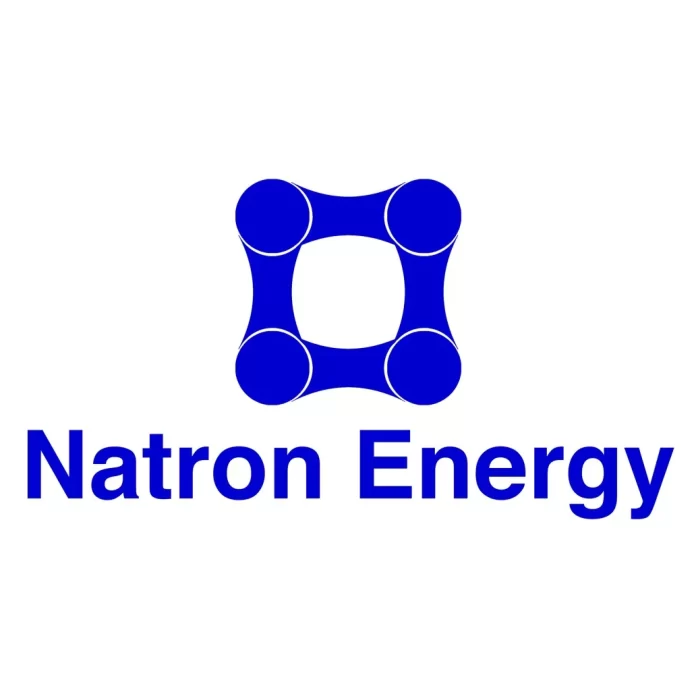Natron Energy, Inc., has announced the launch of the Blue Rack™ battery cabinet, available in both 250kW and 500kW configurations. The Blue Rack is the world’s first sodium-ion battery cabinet designed for mission-critical applications such as data centers, peak power-shaving, and other industrial power environments. Sodium-ion technology delivers tremendous power density with rapid discharge and recharge, is sustainably and ethically sourced, and is safe and completely nonflammable. The Blue Rack is powered by Natron’s new Blue Pack© battery.
“This is the longest-lasting, highest-power, and above all safest battery available for these applications,” said Robert Rogan, Chief Business Officer at Natron. “The sodium-ion technology in the Blue Rack outperforms lithium-ion and lead acid in every critical metric – especially safety.”
The Blue Rack can be configured to provide up to 500kW of backup power. Its sodium-ion technology can produce far greater maximum sustained power per energy (40W/Wh) compared to lithium-ion (10W) and lead acid (7W), and its cycle life is five times greater than lithium-ion and 50 times greater than lead acid. Sodium-ion recharges in five to 15 minutes, compared to an hour for lithium-ion and eight to 16 hours for lead acid.
Natron’s sodium-ion batteries are the safest industrial battery technology available. They are nonflammable, even when penetrated by a nail or exposed to flame. They suffer no damage or performance loss from short circuits or up to 35% overvoltage overcharge. They are the only UL-listed sodium-ion battery on the market and can be shipped fully charged by ground or air, unlike either lithium-ion or lead acid.
The Blue Pack battery’s breakthrough Prussian blue sodium-ion chemistry is sustainably and ethically sourced. Lithium mining, by contrast, has a long history of alleged human rights abuses. Prussian blue contains no rare-earth minerals, acid, or heavy metals, and Prussian blue is non-toxic, simplifying end-of-life removal.




